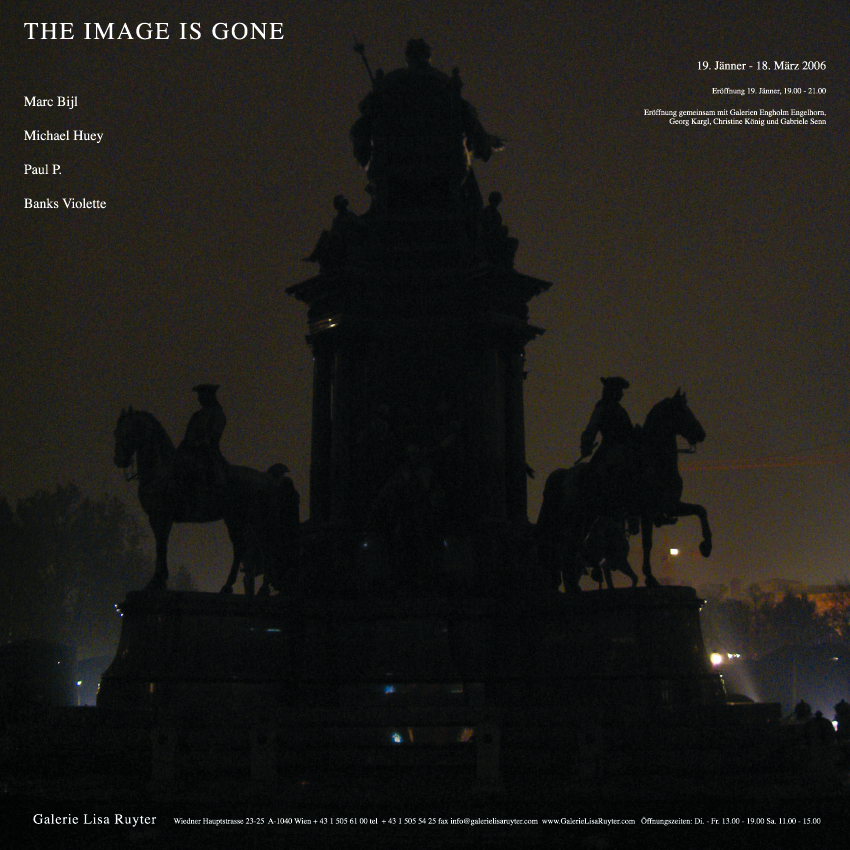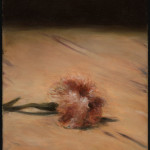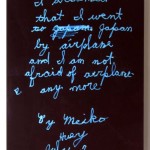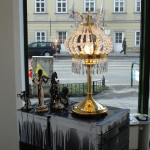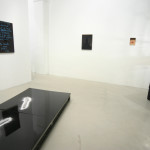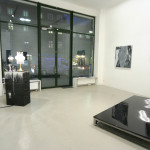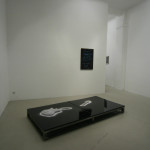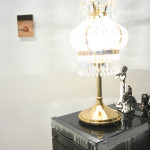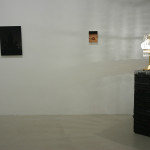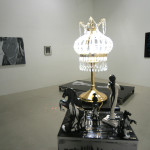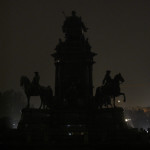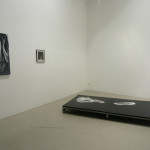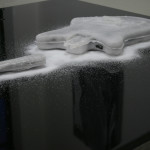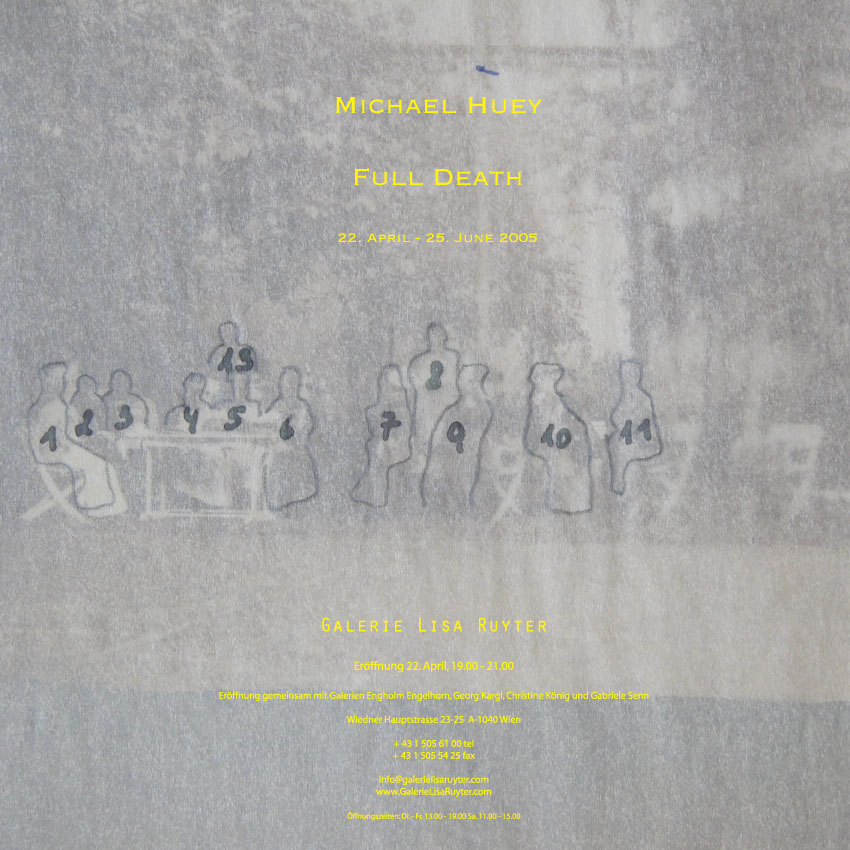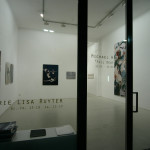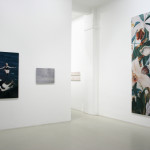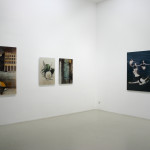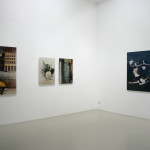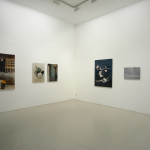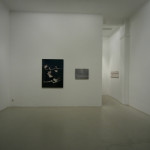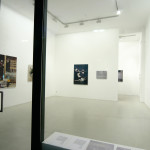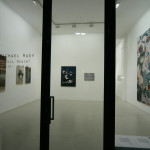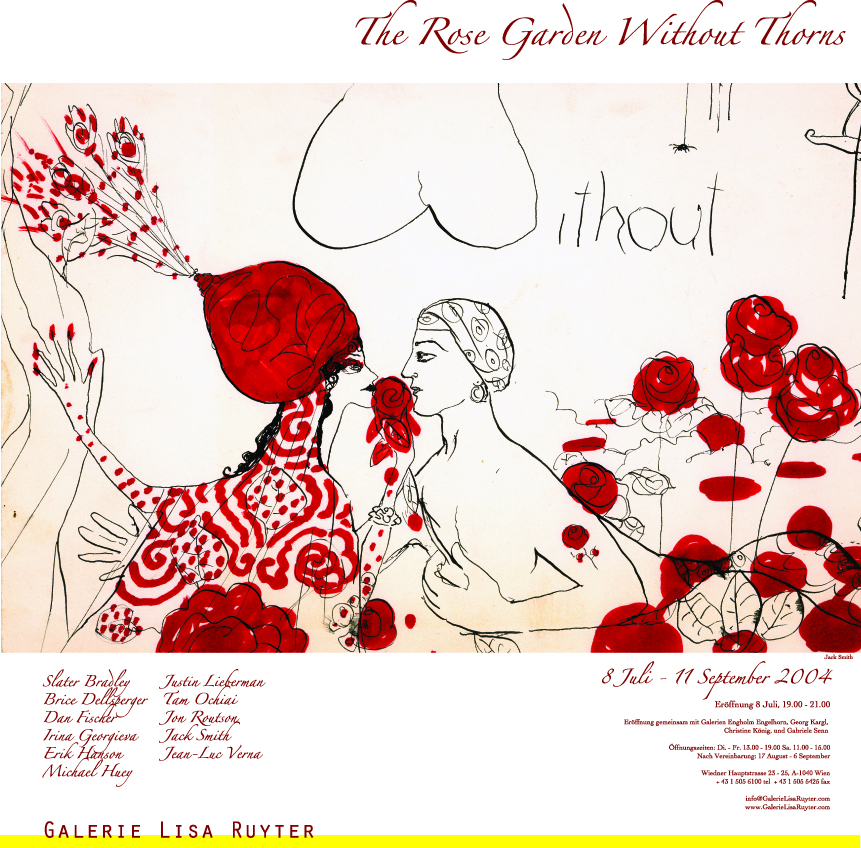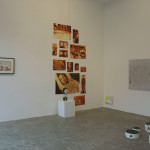The Image is Gone
Frankfurter Allgemeine Zeitung 13.03.2006
Marc Bijl, Banks Violette, Paul P., Michael Huey
January 19 – March 18, 2006
Galerie Lisa Ruyter is pleased to present the group exhibition “The Image is Gone“ with Marc Bijl, Banks Violette, Paul P. and Micheal Huey. The exhibition is on from January 19 until March 18.
Marc Bijl, born 1970, Leerdam NL, takes in his work a good look at social issues and the symboles and norms involved. This results in acts or installations which undermine or emphasize our perception of the world. Thus he entitles his Lara Croft sculpture pured over with bitumen “La rivoluzione siamo noi“, or decorates spontaneous a Berlin garbage truck with the Dutch lion. Last year his works were shown at the Superstars Show at the Kunstforum Wien, in the exhibition ’Populism’ at the Frankfurter Kunstverein, and others. He is represented by the young gallery ’The Breeder“ in Athens, which showed his solo exhibition ‚’Chesed/ Dien’ 2004. ’The Breeder’ gallery has supported us in every way for this project.
Banks Violette, born 1973, Ithaca, New York, USA, lives and works in New York. After a well noticed solo exhibition at the Whitney Museum of the American Arts he became a Superstar of the young American art scene. He creates sculptures,graphite drawings and partly huge oil paintings inspired often by bands and record sleeves. 2006 he is going to participate in the most important projects in Europe such as “Die Jugend von heute“ at the Schirn Kunsthalle Frankfurt (curated by Matthias Ulrich), “DARK“ at the Museum Boljmans van Beuningen, Rotterdam, (curated by Jan Grosfeld) and “While Interwoven Echoes Drip into a Hybrid Body“ at the Migros Museum für Gegenwartskunst, Zurich.
Paul P., born 1977, Toronto, Can., is painting primarily portraits of young males and now also increasingly atmospheric landscapes by use of traditional techniques like Kreuzschraffur, pastel, oil and watercolour. While creating his paintings of unknown persons he rejects on the one hand the traditional process of producing art, on the other hand he is completely absorbed by it. His models are unknown to him and thus he is deceiving the intimacy usually linked to portraying.
Michael Huey, born Traverse City, Michigan, USA, living in Vienna since 1989. Michael Huey’s artistic method has developed from painting, genealogical studies, art historical enquiries and collecting photographs. Since 1996 he is concentrating on historical photography and it’s realization in his work. The shining surface of the Diasec – technique reminds Michael Huey of the nineteenth century – the era of his initial specification – like for example daguerreotypes or the wet collodium – process.
